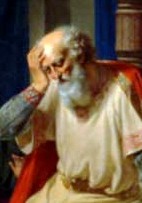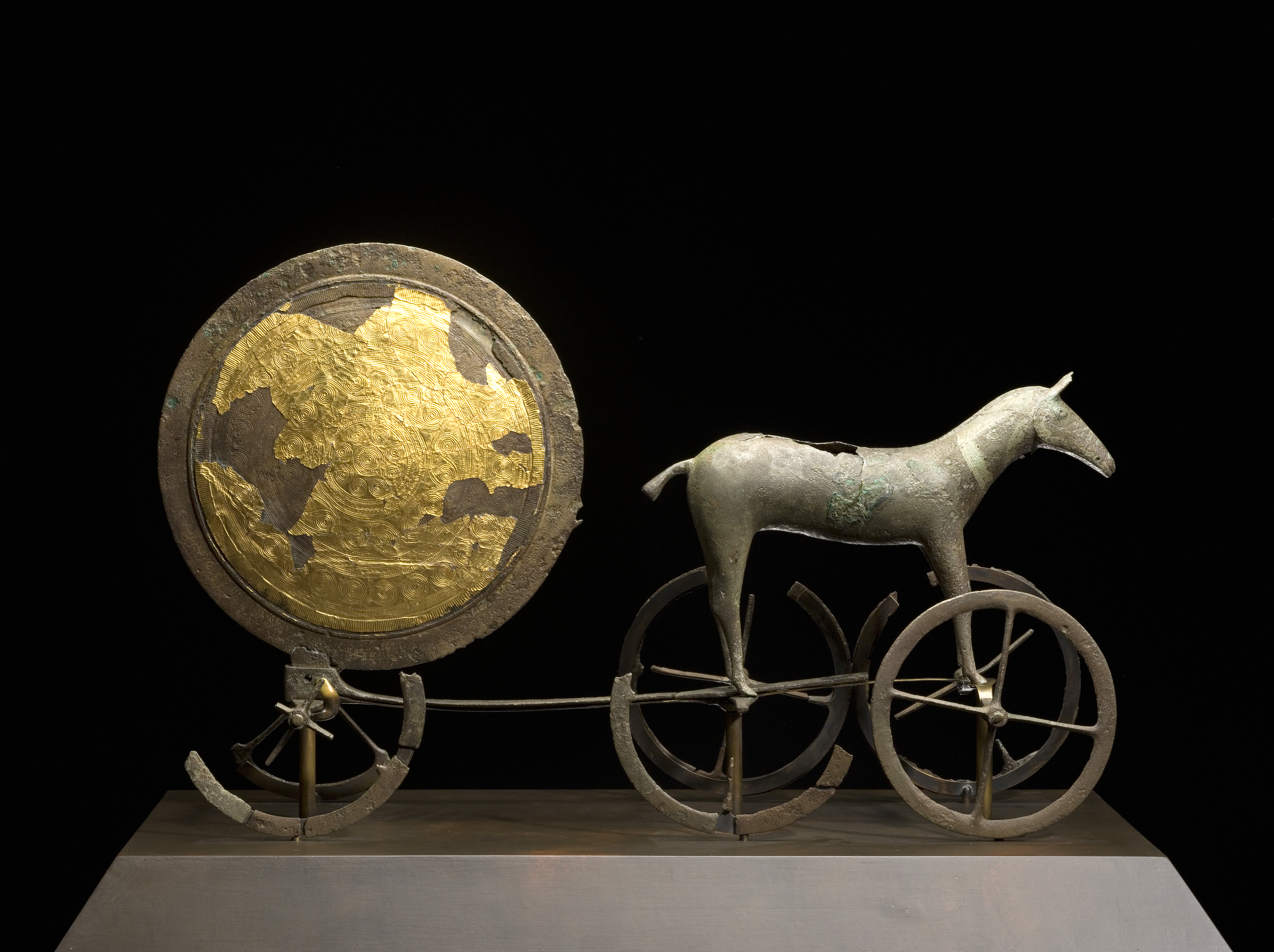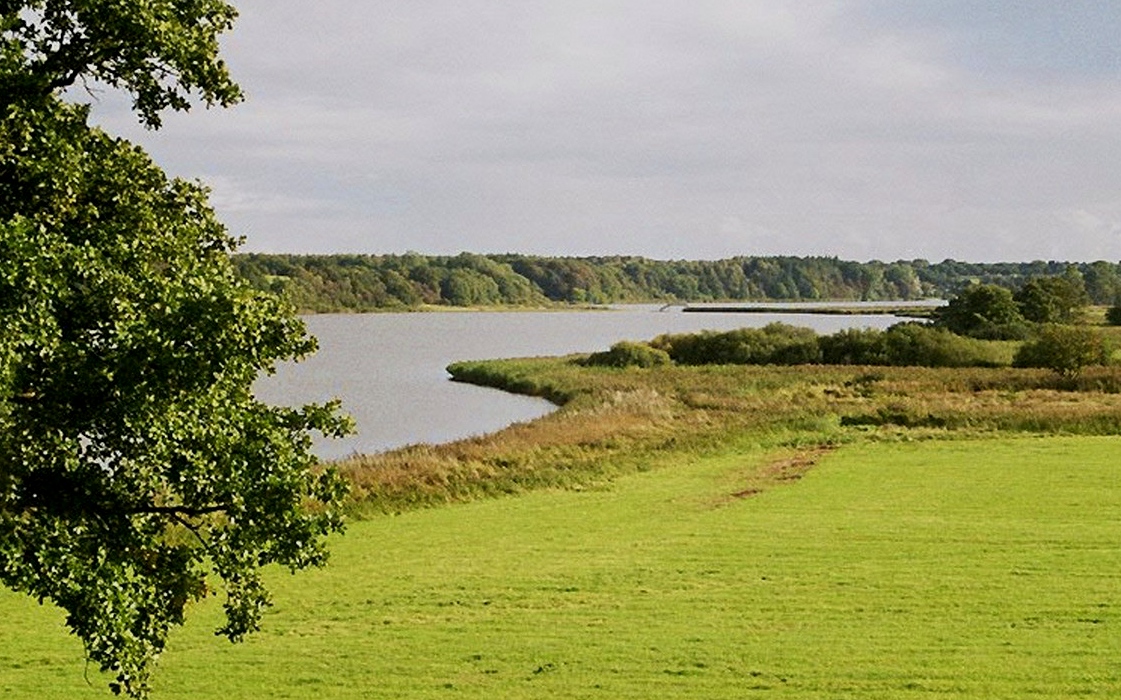|
Gudfred
Gudfred was a ninth century Danish king who reigned from at least 804 to 810. Alternate spellings include ''Godfred'' (Danish), ''Göttrick'' (German), ''Gøtrik'' (Danish), ''Gudrød'' (Danish), and ''Godofredus'' (Latin). He stands at the threshold of the History of Denmark in the sense that he is the first ruler about whom there is substantial knowledge from contemporary sources. He waged offensive war against the Carolingian Empire with some success, but was murdered under murky circumstances before a major confrontation had taken place. There is no unambiguous trace of Gudfred in the later Norse sagas, and his history can only be traced from the hostile Frankish texts which makes an assessment of his role problematic. His paternity is unknown but he may have been closely related to Sigfred, who preceded him as king of Denmark c. 770–804. He was the uncle of the later Danish King Hemming (810–812) and the father of King Horik I (813–854). Family Gudfred is known to ... [...More Info...] [...Related Items...] OR: [Wikipedia] [Google] [Baidu] |
Hemming Of Denmark
Hemming I (died 812) was a king in Denmark from 810 until his death. He was the successor of King Gudfred, his uncle. Family Hemming I is mentioned in the Royal Frankish Annals as son to an unnamed brother of Gudfred. Though ''Gesta Hammaburgensis ecclesiae pontificum'' by Adam of Bremen considers Hemming and Gudfred to be "patruelis", paternal cousins. Gudfred had several sons who served as co-rulers of the Danes. However, they are typically called "sons of Gudfred" without mention of their names or personal histories. The sole exception was Horik I who seems to have survived his siblings and was sole ruler by 827. They can all be considered paternal cousins of Hemming. Another nephew of Gudfred, Reginold, is mentioned in the Royal Frankish Annals. He is also identified as son to an unnamed brother of Gudfred. He could be a sibling to Hemming. Assuming Gudfred had more than one sibling, Hemming and Reginold could also be paternal first cousins. Reginold appears in an 808 e ... [...More Info...] [...Related Items...] OR: [Wikipedia] [Google] [Baidu] |
Horik I
Horik I or Hårik (died 854) was a king of the Danes. He was co-ruler from 813, and sole king from c. 828 until his violent death in 854. His long and eventful reign was marked by Danish raids on the Carolingian Empire of Louis the Pious, son and successor of Charlemagne. Background Horik's father was King Gudfred, known for his successful raids and wars against Charlemagne's Frankish empire and against the Obodrites. If the later author Notker of Saint Gall can be trusted, his mother may have been disowned by Gudfred in the early 9th century. In 810, Gudfred was assassinated by a housecarl, or, in Notker's version, by one of his sons as revenge for the treatment of his mother. His nephew Hemming succeeded him. Gudfred had at least five sons. It is unknown why kingship descended on a side-branch of the dynasty, though Hemming was possibly older than his cousins. The new king made peace with Charlemagne in 811. Hemming's reign as king was short-lived and he died in 812. Af ... [...More Info...] [...Related Items...] OR: [Wikipedia] [Google] [Baidu] |
Sigfred (Danish King 812)
Sigfred was a competitor for the Danish throne in 812. His brief appearance inaugurated a period of throne struggles in Denmark which lasted until 827. Competing royal lineages In the early 9th century King Gudfred had made Denmark into an expansive power which threatened the Carolingian positions in Frisia, Saxony and the Slavic lands. However, the kingdom was not strictly hereditary since rulers were taken by assemblies of chiefs and peasants. Apart from the House of Gudfred, another lineage strove for power. The members based their claim on kinship with a former King Harald who might have ruled in the 8th century. Since the Houses of Gudfred and Harald often bore the same names (such as Gudfred and Hemming) they were probably related. Succession crisis Gudfred's nephew and successor Hemming had a short and peaceful reign and passed away in 812. He is known to have had two brothers called Håkon and Angantyr, but we do not hear more about them. Another nephew of Gudfred, Si ... [...More Info...] [...Related Items...] OR: [Wikipedia] [Google] [Baidu] |
Charlemagne
Charlemagne ( ; 2 April 748 – 28 January 814) was List of Frankish kings, King of the Franks from 768, List of kings of the Lombards, King of the Lombards from 774, and Holy Roman Emperor, Emperor of what is now known as the Carolingian Empire from 800, holding these titles until his death in 814. He united most of Western Europe, Western and Central Europe, and was the first recognised emperor to rule from the west after the fall of the Western Roman Empire approximately three centuries earlier. Charlemagne's reign was marked by political and social changes that had lasting influence on Europe throughout the Middle Ages. A member of the Frankish Carolingian dynasty, Charlemagne was the eldest son of Pepin the Short and Bertrada of Laon. With his brother, Carloman I, he became king of the Franks in 768 following Pepin's death and became the sole ruler three years later. Charlemagne continued his father's policy of protecting the papacy and became its chief defender, remo ... [...More Info...] [...Related Items...] OR: [Wikipedia] [Google] [Baidu] |
Sigfred
Sigfred was an eighth century Danish king who is known to have reigned from before 777 to after 798. Fragments of his reign can be traced via Frankish sources. Assistance to Widukind King Sigfred is first mentioned in 777 when the Saxon chief Widukind, leader of the resistance against Charlemagne, fled Saxony in the face of the Frankish onslaught. Widukind found refuge with Sigfred, but the Frankish annals do not say in detail what kind of assistance the Danish king may have provided. At any rate, Charlemagne made no attempt to subordinate or threaten the Danes during his Saxon campaigns. German chronicles, to better espouse the family tree of Widukind's heirs, stated that he was married to Sigfred's daughter Geva. Frankish diplomacy In the summer of 782, Charlemagne led his armed forces to the sources of the Lippe River, staying there for some time. On this occasion he received envoys from Sigfred, although the details of the negotiations are not disclosed. Shortly after, W ... [...More Info...] [...Related Items...] OR: [Wikipedia] [Google] [Baidu] |
Harald Klak
Harald 'Klak' Halfdansson (c. 785 – c. 852) was a king in Jutland (and possibly other parts of Denmark) around 812–814 and again from 819–827."Carolingian Chronicles: Royal Frankish Annals and Nithard's Histories" (1970), translation by Bernhard Walter Scholz, page 94 Family The identity of Harald's father is uncertain. He had at least three brothers: Anulo (died 812), Ragnfrid (died 814) and Hemming Halfdansson (died 837). An 837 entry in the ''Annales Fuldenses'' calls Hemming a son of Halfdan (floruit 782–807), Halfdan. This is the only mention of their father in a primary source. The identification relies on the 'widely made assumption' that the Hemming mentioned in 837 was the same Hemming mentioned in chronicle entries from two decades before. Stewart Baldwin, a modern genealogist, pointed out that they could also be two people with the same name, although Baldwin himself favors their identification. The relation of this Halfdan with other Danish rulers is also uncer ... [...More Info...] [...Related Items...] OR: [Wikipedia] [Google] [Baidu] |
List Of Danish Monarchs
This is a list of Monarchy of Denmark, Danish monarchs, that is, the kings and queen regnants of Denmark. This includes: * The Kingdom of Denmark (up to 1397) ** Personal union of Denmark and Norway (1380–1397) * The Kalmar Union (1397–1536) ** Union of Denmark, Norway and Sweden (1397–1523) ** Union of Denmark and Norway (1523–1536/1537) * The United Kingdoms of Denmark–Norway (1536/1537–1814) * The Kingdom of Denmark (1814–present) ** Iceland (since the union between Denmark and Norway in 1380; independent kingdom in a personal union with Denmark 1918–1944; a sovereign republic since 1944) ** Greenland (since the union between Denmark and Norway in 1380; effective Danish–Norwegian control began in 1721; integrated into the Danish realm in 1953; internal home rule introduced 1979; Self-governance, self-rule assumed in 2009; Greenland has two out of 179 seats in the Danish parliament Folketinget) ** Faroe Islands (since the union between Denmark and Norway in 138 ... [...More Info...] [...Related Items...] OR: [Wikipedia] [Google] [Baidu] |
History Of Denmark
The history of Denmark as a unified kingdom began in the 8th century, but historic documents describe the geographic area and the people living there—the Danes—as early as 500 AD. These early documents include the writings of Jordanes and Procopius. With the Christianization of the Danes c. 960 AD, it is clear that there existed a kingship. King Frederik X can trace his lineage back to the Viking kings Gorm the Old and Harald Bluetooth from this time, thus making the Monarchy of Denmark the oldest in Europe. The area now known as Denmark has a rich prehistory, having been populated by several prehistoric cultures and people for about 12,000 years, since the end of the last ice age. Denmark's history has particularly been influenced by its geographical location between the North and Baltic seas, a strategically and economically important placement between Sweden and Germany, at the center of mutual struggles for control of the Baltic Sea (). Denmark was long in disputes wit ... [...More Info...] [...Related Items...] OR: [Wikipedia] [Google] [Baidu] |
Hedeby
Hedeby (, Old Norse: ''Heiðabýr'', German: ''Haithabu'') was an important Danish Viking Age (8th to the 11th centuries) trading settlement near the southern end of the Jutland Peninsula, now in the Schleswig-Flensburg district of Schleswig-Holstein, Germany. Around 965, chronicler Ibrahim ibn Yaqub visited Hedeby and described it as "a very large city at the very end of the world's ocean." Due to its unique position between the Frankish Empire and the Danish Kingdom, the settlement developed as a trading centre at the head of a narrow, navigable inlet known as the Schlei, which connects to the Baltic Sea. The location was favorable because there is a short portage of less than 15 km to the Treene River, which flows into the Eider with its North Sea estuary, making it a convenient place where goods and ships could be pulled on a corduroy road overland for an almost uninterrupted seaway between the Baltic and the North Sea and avoid a dangerous and time-consuming ci ... [...More Info...] [...Related Items...] OR: [Wikipedia] [Google] [Baidu] |
Saxo Grammaticus
Saxo Grammaticus (), also known as Saxo cognomine Longus, was a Danish historian, theologian and author. He is thought to have been a clerk or secretary to Absalon, Archbishop of Lund, the main advisor to Valdemar I of Denmark. He is the author of the , the first full history of Denmark, from which the legend of Amleth would come to inspire the story of '' Hamlet'' by Shakespeare. Life The '' Jutland Chronicle'' gives evidence that Saxo was born in Zealand. It is unlikely he was born before 1150 and it is supposed that his death could have occurred around 1220. His name Saxo was a common name in medieval Denmark. The name ''Grammaticus'' ("the learned") was first given to him in the ''Jutland Chronicle'' and the ''Sjælland Chronicle'' makes reference to Saxo ''cognomine Longus'' ("with the byname 'the tall). He lived in a period of warfare and Danish expansion, led by Archbishop Absalon and the Valdemars. The Danes were also being threatened by the Wends who were making r ... [...More Info...] [...Related Items...] OR: [Wikipedia] [Google] [Baidu] |
Schwentine
The Schwentine is a river in the North German state of Schleswig-Holstein. It is approximately long and rises on the hill of Bungsberg, the highest point in the state, near the village of Kasseedorf in Ostholstein. It then runs from its source to Kiel where it flows into the Kiel Fjord, a bay of the Baltic Sea. It passes through several lakes, including the Großer Plöner See, the largest lake in Schleswig-Holstein, as well as the towns Eutin, Malente, Plön, Preetz and Kiel. Water management The Schwentine is of great importance in the supply of drinking water managed by the Kiel Utilities Company. The Schwentine Valley Waterworks (''Wasserwerk Schwentinetal'') has been located near Klausdorf since about 1900. Although the Schwentine valley gives an exceptionally natural impression along virtually its entire length, it is closely linked to the industrialisation of the city of Kiel. Two hydroelectric plants, now classed as cultural monuments, (one on the Rosensee) were ... [...More Info...] [...Related Items...] OR: [Wikipedia] [Google] [Baidu] |
Halfdan (floruit 782–807)
Halfdan (, , Medieval : "half Dane") was a late 5th and early 6th century legendary Danish king of the Scylding (Skjöldung) lineage, the son of king named Fróði in many accounts, noted mainly as the father to the two kings who succeeded him in the rule of Denmark, kings named Hroðgar and Halga in the Old English poem ''Beowulf'' and named Hróar and Helgi in Old Norse accounts. Various accounts According to the '' Chronicon Lethrense'' and Saxo Grammaticus' ''Gesta Danorum'' (Book 2), Halfdan had two brothers named Ro and Skat who also sought the throne. Both were killed by Halfdan. Saxo adds that his brothers' supporters were hanged and that Halfdan continued to reign with great cruelty, but that he reigned long and died peaceably in extreme old age. The ''Ynglinga saga'' gives Halfdan (in this work also son of a king named Fróði) a brother named Fridleif and says both were great warriors but that Halfdan was the better of the two. This might have been a lead-in to a ... [...More Info...] [...Related Items...] OR: [Wikipedia] [Google] [Baidu] |






